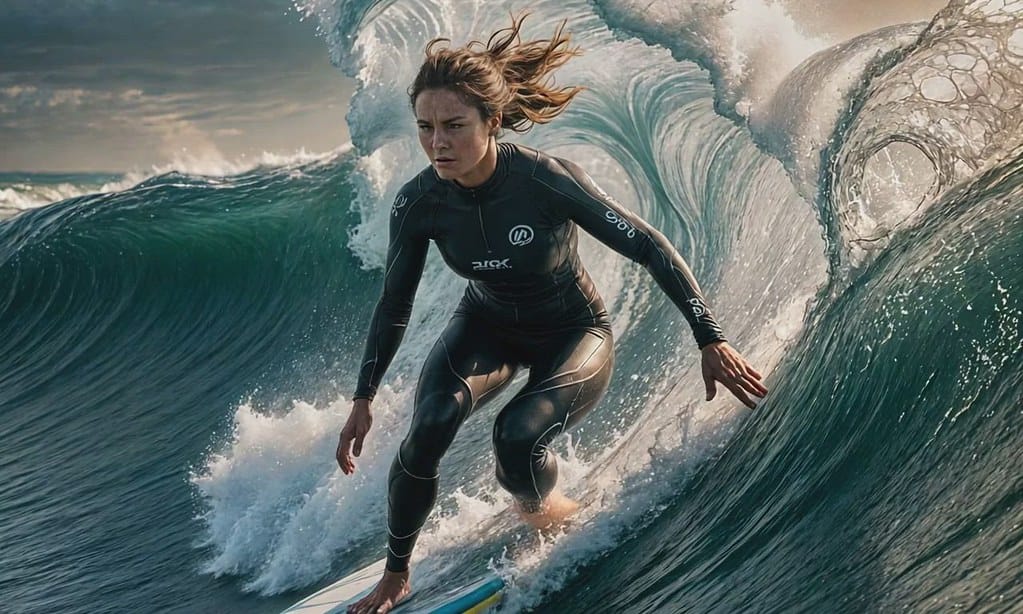Google's Veo 3 AI Video Generator Coming to YouTube Shorts: A Game-Changer for Content Creation
Google has just dropped a bombshell that could revolutionize how we create and consume short-form video content. The tech giant's latest AI video generation model, Veo 3, is set to integrate directly with YouTube Shorts, promising to democratize video production in ways we've never seen before. This isn't just another AI tool—it's potentially the most significant shift in content creation since the smartphone camera put video production in everyone's pocket.
What Makes Veo 3 So Impressive?
Veo 3 represents a quantum leap in AI-generated video quality. Unlike its predecessors, this model produces videos that are virtually indistinguishable from professionally shot footage. The AI can generate high-resolution videos up to 1080p quality, with smooth motion, realistic lighting, and coherent storytelling that maintains visual consistency throughout.
Early demonstrations show Veo 3 creating everything from cinematic landscape shots to complex human interactions, all from simple text prompts. Users can request specific camera angles, lighting conditions, and even emotional tones, with the AI delivering results that would typically require expensive equipment and professional expertise.
Integration with YouTube Shorts: The Perfect Match
The integration with YouTube Shorts makes strategic sense for Google. With over 2 billion monthly logged-in users on YouTube, and Shorts generating more than 70 billion daily views, the platform has become the battleground for short-form video supremacy against TikTok and Instagram Reels.
This integration will allow creators to:
- Generate professional-quality video content without cameras, lighting, or editing software
- Create multiple variations of content quickly for A/B testing
- Produce videos in languages and locations they don't have access to
- Experiment with visual styles that would be impossible or prohibitively expensive to film
Implications for Content Creators
Democratization of High-Quality Content
For individual creators and small businesses, Veo 3's integration represents unprecedented opportunities. A solo entrepreneur can now produce marketing videos that rival those created by agencies with six-figure budgets. Educational content creators can visualize complex concepts without needing specialized animation skills or expensive software.
The Double-Edged Sword
However, this democratization comes with challenges. As high-quality video creation becomes accessible to everyone, the content landscape will become increasingly saturated. Creators will need to focus more heavily on storytelling, authenticity, and unique perspectives rather than relying solely on production value to stand out.
Industry Impact and Competition
Google's move puts significant pressure on competitors like Meta (Instagram Reels) and ByteDance (TikTok). While these platforms have their own AI initiatives, none have announced integration of video generation technology at this scale and quality level.
The announcement has already sent ripples through the creative industry. Stock video companies, production houses, and even Hollywood studios are reassessing their business models as AI-generated content becomes increasingly sophisticated and accessible.
Technical Capabilities and Limitations
Veo 3 excels in several key areas:
- Temporal consistency: Objects and people maintain their appearance throughout video sequences
- Physics understanding: The AI accurately simulates real-world physics and lighting
- Style flexibility: Users can specify artistic styles, from photorealistic to animated
However, current limitations include:
- Video length restrictions (currently optimized for short-form content)
- Occasional artifacts in complex scenes with multiple moving objects
- Limited ability to generate recognizable public figures or copyrighted content (by design)
What This Means for the Future
The integration of Veo 3 with YouTube Shorts represents more than just a new feature—it's a glimpse into the future of content creation. We're moving toward a world where the barrier between imagination and video content continues to dissolve.
This technology will likely accelerate the evolution of digital storytelling, potentially leading to new forms of entertainment, education, and communication that we haven't yet imagined. The question isn't whether AI-generated content will become mainstream—it's how quickly traditional content creation paradigms will adapt or become obsolete.
The Bottom Line
Google's Veo 3 integration with YouTube Shorts isn't just frightening in its technical capability—it's revolutionary in its potential impact. While this democratization of video production will create unprecedented opportunities for creators, it will also fundamentally reshape the competitive landscape of digital content.
The creators and businesses that thrive in this new era won't necessarily be those with the best technical skills, but those who can harness these powerful tools while maintaining authenticity, creativity, and genuine connection with their audiences. The future of content creation is here, and it's being written in code.
